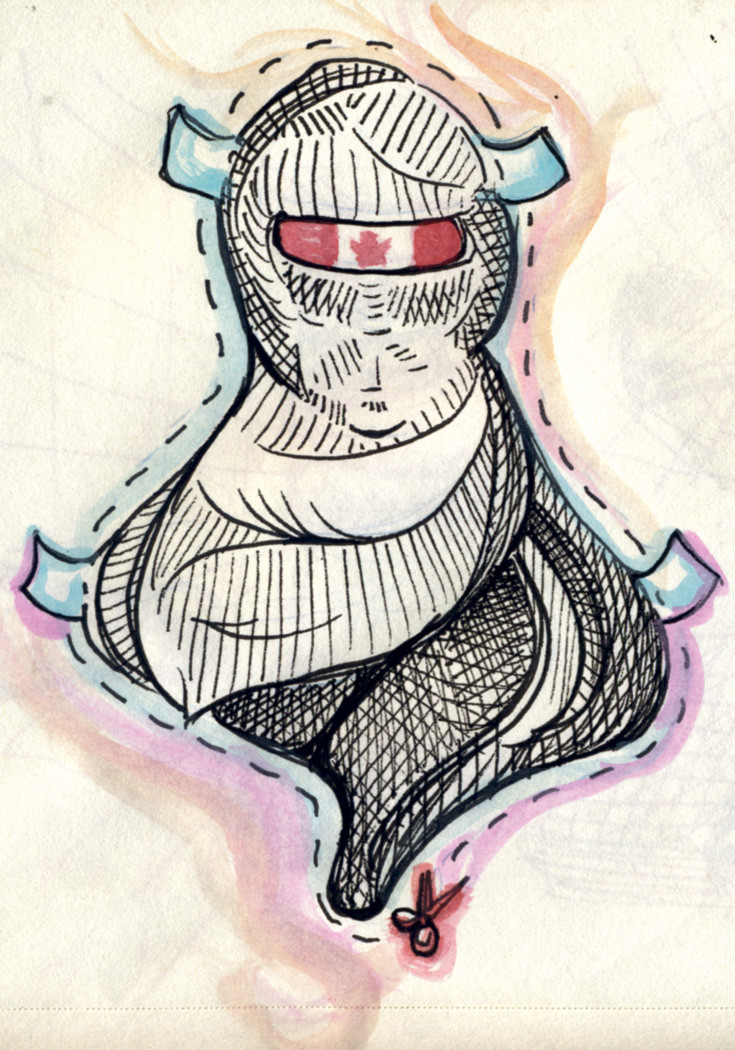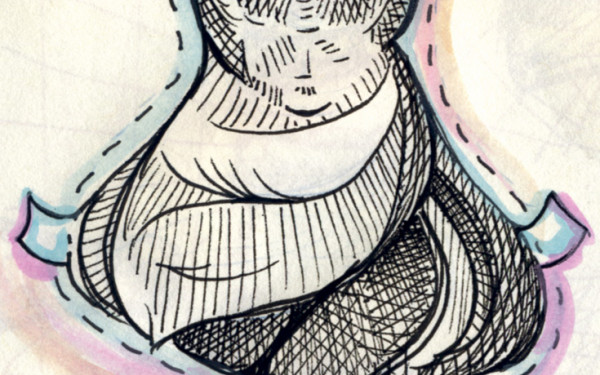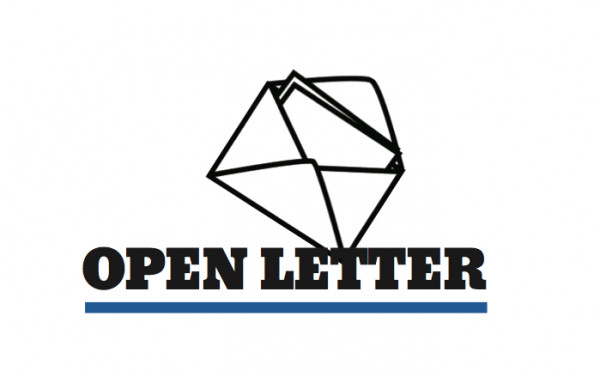Put Gendered Violence at Election Forefront
Inequality towards women is evident to me daily. I notice students disrespecting female professors and questioning their ability. I often witness and am subject to objectifying comments when I’m working at a dépanneur.
In 2015, there should be no question about stonewalling those who perpetuate sexism. So why is it so difficult for me to confront them? This speaks to a greater societal issue—sexism’s normality.
Women’s issues are at the forefront of the upcoming federal election after highly publicized allegations of sexual harassment. This year, CBC’s Jian Ghomeshi was charged of four counts of sexual assault against women and one count of choking. In 2014, two Liberal members of Parliament were suspended from the House of Commons after NDP MPs accused them of harassment.
The surge in media coverage surrounding women’s issues led organizations from across the country to create Up For Debate. This alliance for women’s rights planned to broadcast a leaders’ debate and ended up broadcasting a series of interviews with four federal party leaders run by journalist Francine Pelletier on the subject of women’s issues. The organization has three goals: ending violence against women, ending inequality and supporting women’s issues. The debate would have been the first time women’s rights were discussed in a national leaders’ debate since 1984.
All federal party leaders agreed to participate with the exception of Prime Minister Stephen Harper. During her interview with Pelletier, Green Party leader Elizabeth May said his absence was “a lost opportunity that speaks to the marginalization of women when something else comes along.”
Harper is avoiding talking about anything other than the economy—a bad move for the Progressive Conservative Party. By ignoring prevalent issues that affect over half of Canada’s population, Harper could alienate the female and feminist vote. Organizers of Up For Debate told the Ottawa Citizen, “Politicians who ignore women’s rights do so at their own peril.”
When debating violence against women, Green Party leader May and NDP leader Tom Mulcair agreed that a national action plan is necessary to confront violence against women, especially missing and murdered Aboriginal women. Mulcair proposed a Royal Commission to address this problem.
“Nothing less than completely eliminating the problem would be acceptable to us,” said Mulcair. The NDP also has a “concrete plan for women’s shelters” and is prepared to invest $40 million.
When asked to provide a figure for the same issue, Liberal leader Justin Trudeau stated that his party would form a partnership with provinces and municipalities, and that it is “not up to a federal government to put lines on a map or to tell a municipality what it needs and where.” Actually, it kind of is. This show Trudeau does not consider women’s rights as a national problem.
May said she restarted the women’s caucus in parliament to provide advice about issues like sexual harassment. The caucus brought to light the fact that every woman in parliament had experienced sexism either directly or indirectly.
Bloc Québécois leader Gilles Duceppe focused on his agenda of removing religious symbolism. He said women wearing veils are “erasing themselves as individuals.” In his own interview Trudeau told Pelletier: “If a woman makes the free choice to wear a veil, we protect her rights.”
Many issues were mentioned in this debate, but some were left out. Day-to-day sexism is something that affects women constantly. A national action plan and $40 million dollars are a great start to solving the problem of violence against women—but we must remove the societal norms that allows for this violence to happen in the first place, and so must our country’s leader.






_600_375_90_s_c1.jpg)